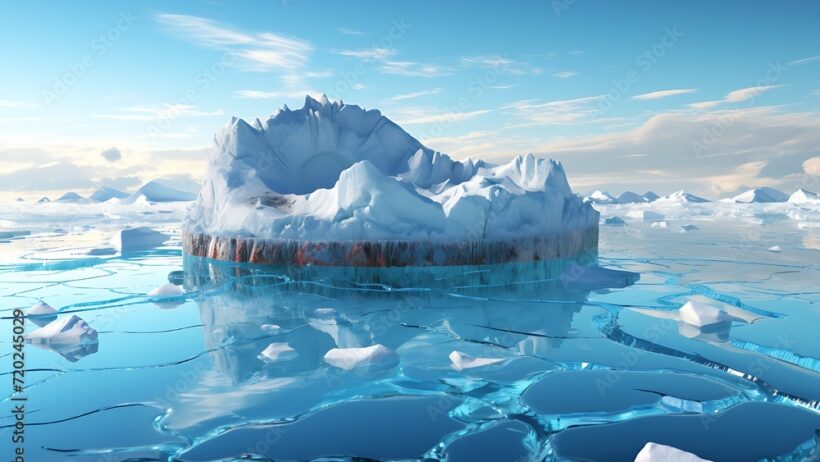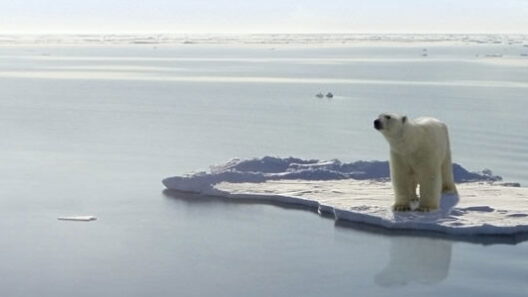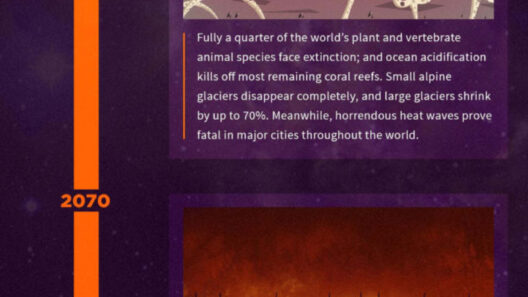Coral reefs, often referred to as the rainforests of the ocean, host an extraordinary diversity of marine life. Comprising over 25% of all marine species, these vibrant ecosystems are not only beautiful but also serve critical functions that support fisheries, coastal protection, and tourism. However, the relentless march of global warming poses an existential threat to these vital habitats, leading to an alarming phenomenon known as coral bleaching. Understanding the mechanisms behind this deterioration and its far-reaching consequences is imperative for conservation efforts.
One of the most significant forces driving coral reef decline is the increase in sea surface temperatures. As greenhouse gas emissions rise, oceans absorb much of this heat, resulting in elevated water temperatures. Corals are highly sensitive organisms, and when temperatures exceed their tolerance levels, the symbiotic relationship between corals and zooxanthellae—the microscopic algae that provide corals with energy through photosynthesis—breaks down. Without these algae, which impart the corals’ vivid colors, corals turn white in a process aptly termed bleaching. This not only diminishes their aesthetic appeal but also jeopardizes the coral’s survival, as they lose a primary source of nourishment.
Another harbinger of doom for coral reefs is ocean acidification. Increased CO2 emissions lead to higher concentrations of carbonic acid in the ocean, resulting in a decrease in pH levels. This shift in chemistry hampers corals’ ability to calcify, inhibiting their growth and structural integrity. Coral reefs are composed of calcium carbonate, and with declining calcification rates, reefs become more vulnerable to erosion and damage from storms. The implications are dire; without robust reefs, coastal regions are left exposed to the elements, increasing the risk of flooding and erosion.
The repercussions of coral degradation extend beyond the immediate ecological consequences. Local economies that depend on fisheries and tourism suffer as the reefs weaken. Communities reliant on fishing for sustenance see dwindling catches as fish populations decline due to habitat loss. Similarly, tourism-dependent regions find their income streams drying up as coral bleaching makes once-thriving dive spots less appealing. The economic toll can be catastrophic and can exacerbate social inequalities, particularly in developing nations where alternative livelihoods may not be readily available.
Moreover, the decline of coral reefs has cascading effects on biodiversity. Reefs are intricate ecosystems; they provide food and shelter for a myriad of marine species, including fish, mollusks, and crustaceans. The loss of corals disrupts the delicate balance of these ecosystems, often leading to a domino effect where species are driven to extinction. The extinction of one species can lead to the decline of others that rely on it for survival, thus threatening the overall integrity of marine biodiversity. This, in turn, compromises ecosystem resilience, making it more challenging for reefs to recover from disturbances.
Efforts to mitigate the impacts of global warming on coral reefs are imperative. Climate action is paramount, and reducing greenhouse gas emissions is a crucial step in safeguarding these ecosystems. Transitioning to renewable energy sources, enhancing energy efficiency, and promoting sustainable practices can collectively help in combating climate change. Additionally, creating marine protected areas (MPAs) can provide refuges for corals and associated marine life, allowing ecosystems to recover and adapt to changing climate conditions.
In conjunction with addressing global warming, targeted restoration efforts are also necessary. Techniques such as coral gardening, where fragments of resilient coral species are cultivated in nurseries and later transplanted onto degraded reefs, have shown promise. Research into breeding and deploying heat-resistant coral strains offers a glimmer of hope. These adaptive approaches can enhance the resilience of coral reefs in the face of ongoing environmental stressors.
Furthermore, education and awareness are essential tools for empowering communities and promoting stewardship of marine resources. Engaging local populations in conservation initiatives fosters a sense of ownership and responsibility, leading to more effective and sustainable outcomes. Schools, NGOs, and governments can collaborate to disseminate knowledge about the importance of coral reefs and the actions individuals can take to protect them.
In conclusion, the devastating impact of global warming on coral reefs warrants urgent attention and concerted action. As temperatures rise and oceans become increasingly acidic, the window of opportunity to reclaim these ecosystems diminishes. The intricate web of life that thrives within coral reefs is at risk, and the ramifications extend far beyond their immediate vicinity. It is imperative to act decisively—through climate action, restoration efforts, and community engagement—to secure the future of coral reefs and the myriad benefits they provide. The time to protect these fragile ecosystems is now, as we stand at a precipice that could mark the end of coral’s vibrant existence. Without intervention, they may indeed take their last breath, leaving behind a grievous silence in the ocean.








